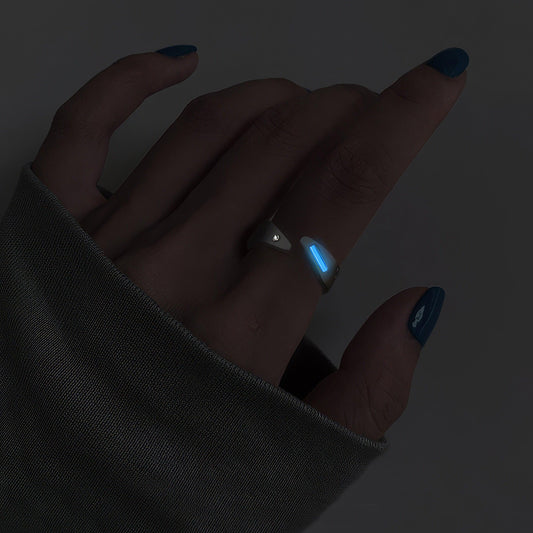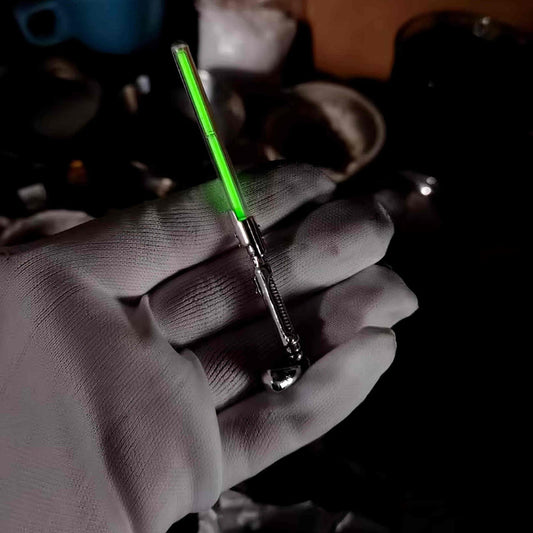Engagement Ring and Wedding Band To Wear or Not to Wear Together
Engagement Ring and Wedding Band To Wear or Not to Wear Together
Rummaging through my grandmother's jewelry box one afternoon, I stumbled upon a pair of rings intricately designed and perfectly matched—a combination of an engagement ring and a wedding band. My grandmother used to say that each ring told its own story, united by a single narrative. As I slipped the rings onto my finger, I couldn't help but wonder about the tradition of wearing both rings and how it's evolved over time.
In many Western cultures, the engagement ring and wedding band are symbolic pieces worn together on the ring finger of the left hand. Historically, this tradition took root in Roman beliefs that the fourth finger was directly connected to the heart, a notion as heartwarming as it is anatomically inaccurate. Yet, the sentiment persists, and for many, these rings embody the tangible connection of love.
Rings have certainly come a long way since ancient times. Modern jewelers have taken this tradition and spun it into an art form, crafting bands from an array of metals like gold, platinum, and titanium, each lending its own flair and significance. Platinum is often celebrated for its durability, while gold—whether in its classic yellow hue or the trendy rose-tinted version—offers a timeless elegance. The material choice can reflect personal style or even a couple's unique journey.
When it comes to actually donning both rings, some people relish the layered look, letting the sparkling diamonds of an engagement ring seamlessly nestle against a finely wrought wedding band. Others may find this combination cumbersome or fear potential wear on the rings. And then there are those who choose to wear their engagement ring on special occasions only, reserving the wedding band for daily wear, a practice that makes sense for those leading active lifestyles or working with their hands frequently.
I remember a friend, a nurse by profession, who shared her solution to this dilemma. Wanting to honor both rings without compromising practicality, she had her engagement diamond reset into a necklace. It was a subtle yet elegant way to blend the sentiment of the engagement ring with the everyday ease of a simple band. Her experience highlights that tradition, while prevalent, needn’t be rigid.
Fashion trends and personal preferences come into play as well. Some brides and grooms opt for stackable ring sets, where additional bands can be added to celebrate milestones like anniversaries or the birth of a child. This is a modern twist on the classic pair, signifying that as life expands, so can the symbols of love and commitment.
Ultimately, whether you choose to wear both an engagement ring and a wedding band boils down to personal choice—an expression of individual or shared style, comfort, and the stories you wish to tell. As I slipped my grandmother's rings off my finger, I understood that the significance of these bands lies not in how they are worn, but in the love and memories they represent. So, whether you proudly stack them together or find inventive ways to wear them, make it a tale uniquely yours.



























